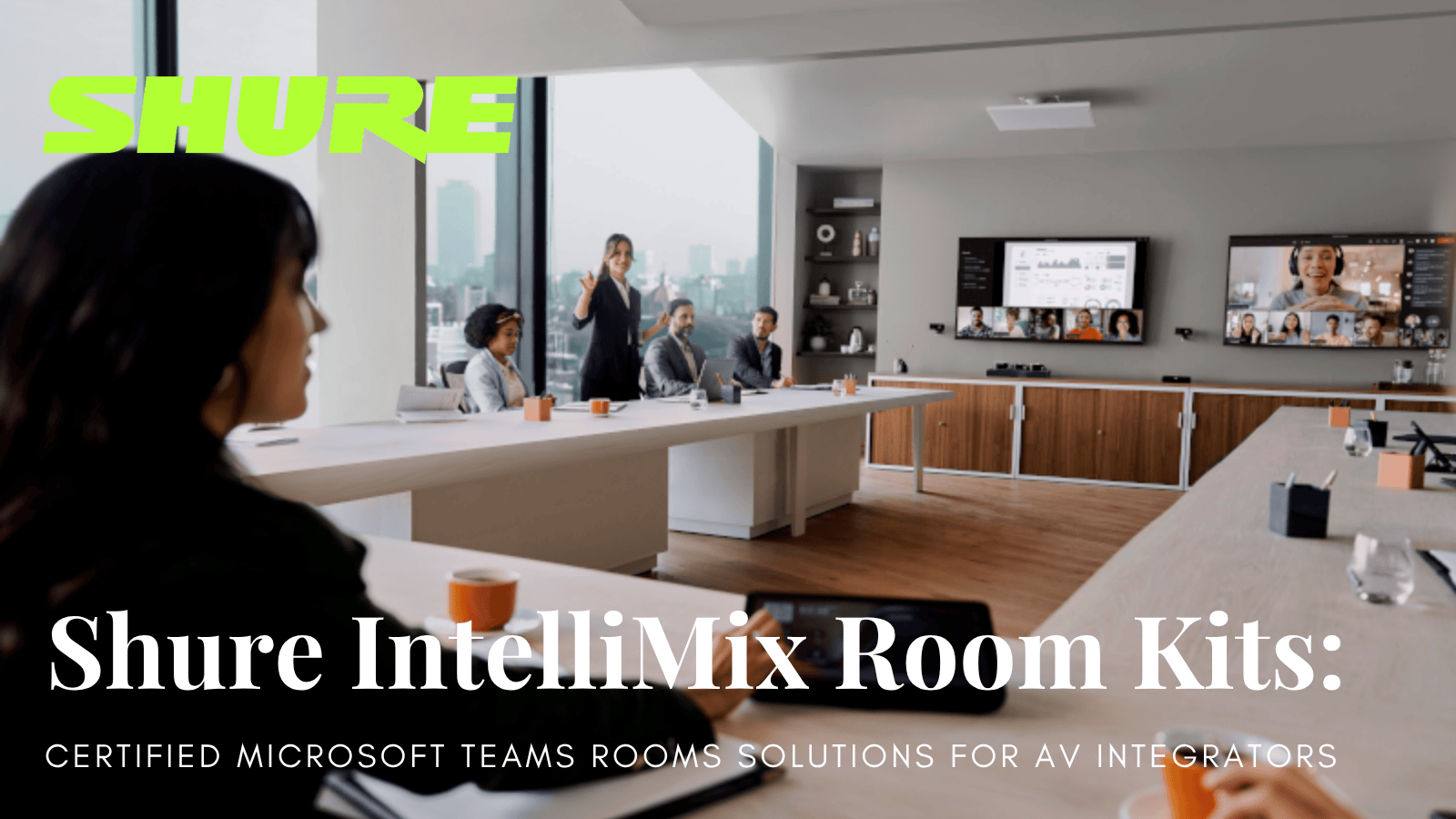Too busy to keep up with all the social media and A/V news out there? We've got you covered! Let’s get all caught up on everything you might have missed recently.
Winter Park, FL (June 4, 2025) – For over 35 years, Mainline has represented the top manufacturers in professional audio, video, and lighting. Today, we are excited to announce that Visionary have named Mainline as their new sales representatives in Florida.
Winter Park, FL (June 2, 2025) – For over 35 years, Mainline has represented the top manufacturers in professional audio and video. Today, we are excited to announce that we are adding lighting to our brand portfolio, as Elation Lighting have named Mainline as their new sales representatives in Florida. The partnership also includes lighting control solutions from Obsidian Control Systems and atmospheric effects from Magmatic.
Shure’s IntelliMix Room Kits are designed and presented to enhance collaboration by providing complete Microsoft Teams Rooms systems on Windows. These kits aim to deliver effortless deployment, high-quality audio and video performance, robust security, and cloud management for small, medium, and large meeting rooms, covering spaces up to 33 x 18 ft (10 x 5.5 m).



